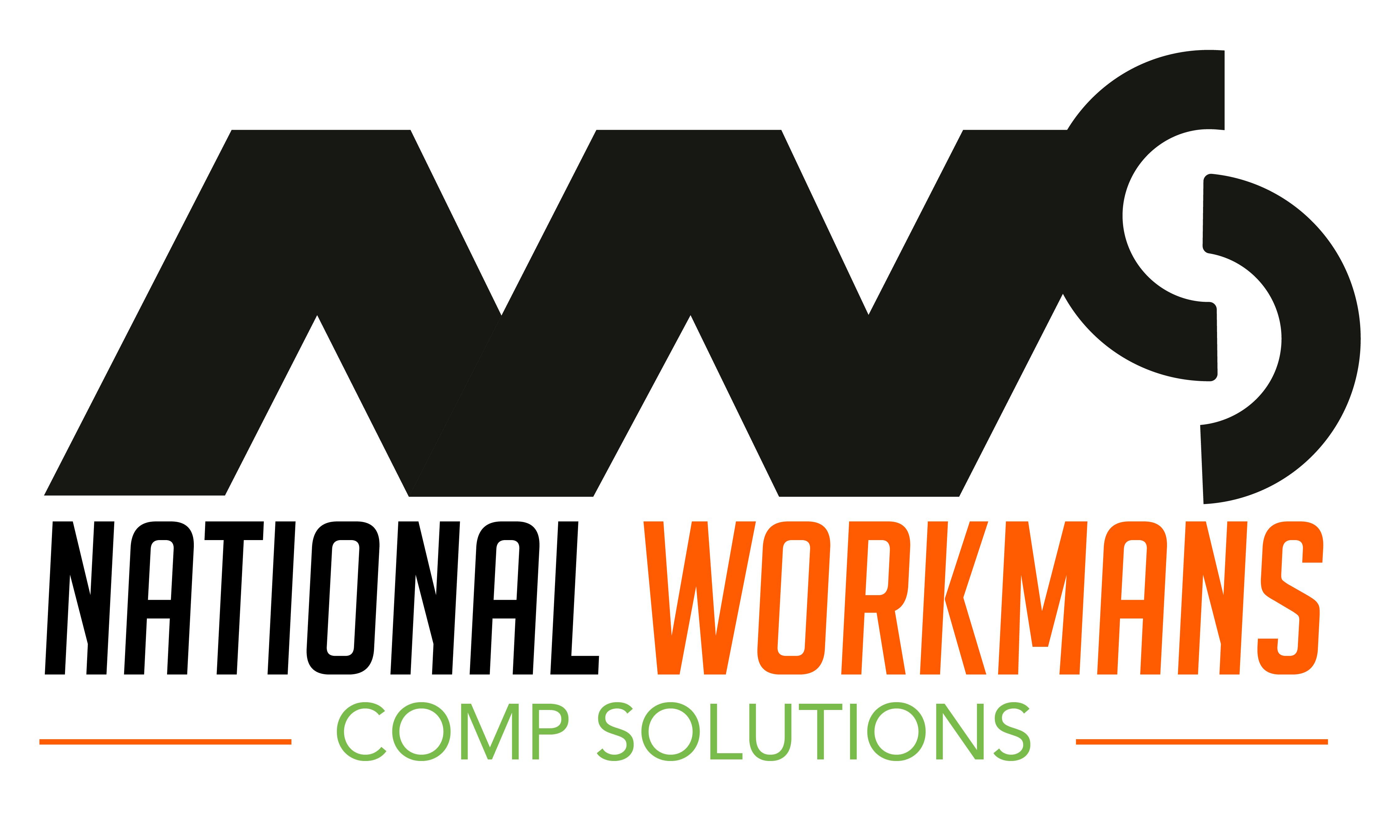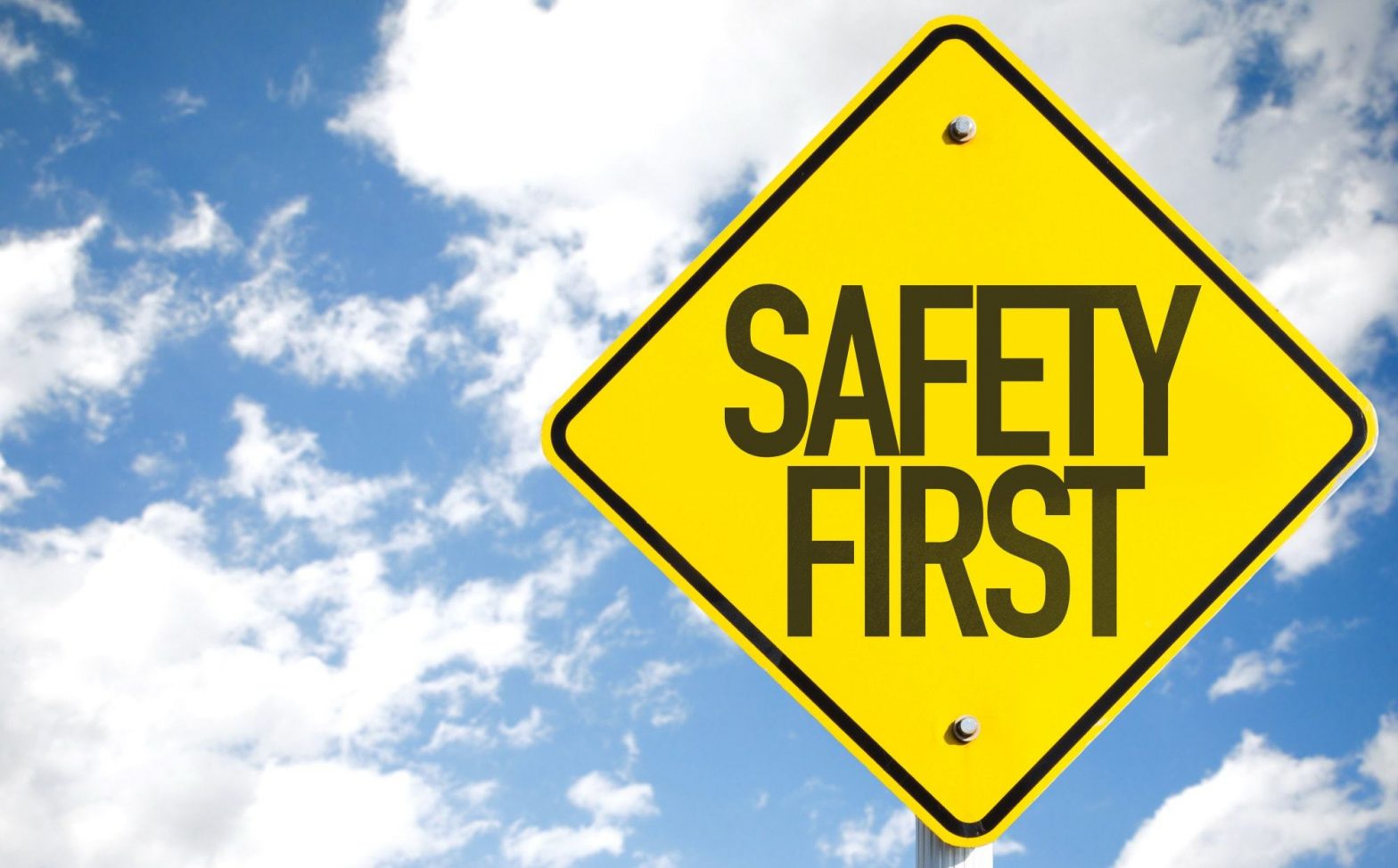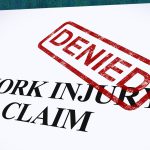Are you managing your small business office on outdated health and safety policies? Every seven seconds a worker suffers an injury on the job, causing a loss of 104,000,000 hours of productivity.
Having proper workplace safety protocol and procedures in place reduces chances of injury. And, steady productivity decreases employee cost to the company’s finances.
Lacerations, slip and falls, and overexertion all account for the common job-related injuries. Employees are apt to cut their fingers on a stapler or fall in the breakroom on a given day.
Construction and shipping workers suffer painful soreness from improper bending and lifting.
Save your business. If you’re wondering how to enforce current health and safety policies, continue reading. We’ve outlined everything you need to know to keep your office safe and productive.
1. Develop a Plan to Create and Promote Health and Safety Policies
To develop proper safety procedures, you need to uncover fallacies throughout the office. Find out what employees believe about workplace safety.
Common injuries occur because employees have misinformation about office hazard protocol.
Meet with employees and make note of inaccurate ideals and improper safety practices. Confer with HR and senior management about complaints and documented injuries.
Develop a strategy to update and train staff on modern safety protocol. Consider training dates to do it without disrupting productivity.
2. Survey the Workplace
Inspect your office. Look around for hazards in production areas, break rooms and bathrooms.
Talk with the cleaning crew. They’re in the office after hours and can detail the common dangers they find. Team up with the facilities manager to inspect tools and equipment.
Look for faulty computer cords at employee desks. Examine furniture and carpeting. For employees who wear high-heeled shoes, loops and snags in the carpet can cause nasty falls.
Make sure first aid kids are modern and in their proper places. Also, under OSHA, employers must display a job safety & health protection poster in a conspicuous place. It must remain visible to all employees.
3. Safety Education
Employees won’t do what they don’t know. Train your office on health and safety measures.
Put it in writing. Provide training manuals with up-to-date instructions on keeping the office safe. Or, rotate employees by group through a safety training course. Training courses range from full 8-hour work days to a few days, depending on the course.
These courses teach employees how to identify hazards and office concerns. Employees also get in-depth teaching on emergency protocol, first aid, and fall protection.
4. Labels and Signs
Nonverbal education is a backup for professional training. Put up signs and labels to remind employees of proper procedures in the office.
Use infographics on pictures and posters in particular places in the office. Pictures serve as reminders on how to behave and perform certain tasks. They should also detail hazards and warnings.
Post signs throughout the office. Don’t overlook storage and supply areas, restrooms and employee break areas.
Sometimes experienced workers and executives need reminders.
5. Clean Up
The office is not an adult playground. Employees should never treat their workspace as a personal play area.
Messy and cluttered offices and work areas are hazardous. They lead to unexpected injuries. Remind employees of their responsibility to keep their personal work areas clean.
They should also clean up behind themselves in areas throughout the building.
Things like empty boxes and coffee spills are dangerous and cost a company thousands in slip and fall compensation.
Look for loose staples, paper clips, and fallen push pins on the floor throughout the day. Encourage proper dress code. Oversized jackets and clothing are hazardous.
They can get caught up in the wheels of chairs and cause unnecessary falls.
6. Check on Employees and Encourage Breaks
Employees who work in transportation and shipping plants use their bodies all day. Eight to ten hours or physical stress from manual labor becomes taxing on the body.
Tired employees make improper safety decisions. Lifting one box the wrong way can lead to an irreparable injury. Check on your employees and make sure they’re taking their scheduled breaks.
Ensure they leave the floor and take breaks in approved areas. Breaks prevent fatigue and encourage emotional and physical health at work.
For employees who sit all day, encourage move and stretch breaks. Constant sitting increases stress, depression, and obesity. Stressed and overworked employees make mental mistakes with their work and safety.
Checking on employees means keeping open lines of dialogue. Make them feel comfortable bringing health and work-related issues to management. Employees are often the first to identify hazards in the office.
Nominate and appoint a floor safety captain. Meet with the captain once a week or as needed to deal with safety issues and health concerns.
7. Offer Incentives
People like receiving rewards, especially employees. Rewards show appreciation and say thank you for your hard work.
Incent employees for maintaining productivity and safety in the office. Solely focusing on productive numbers indirectly encourages them to do rush work. As a result, safety concerns get dismissed.
Put safety first as a means to increase productivity. Make it a clear part of day-to-day business. Then reward workers who follow the rules and encourage safety in the office.
A good safety incentive plan shows commitment to protecting your business and its people.
Make the Office Safe
Businesses must examine the current health and safety policies they have in place. Modern protocols help companies avoid injuries that put a dent in their finances.
These tips work towards improving current procedures and promoting a culture of safety. Show your employees their welfare matters. Enforce safety measures right away.
Learn more about the consequences of workplace injury. Contact us today for more insight into workers compensation.


 May 30, 2019
May 30, 2019 Blog
Blog 









